Behind the Build: The Making of Lapyx 4
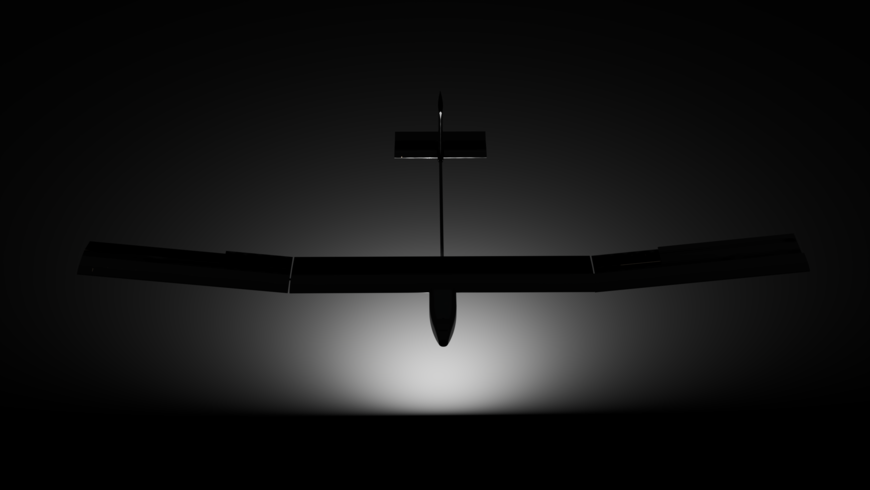
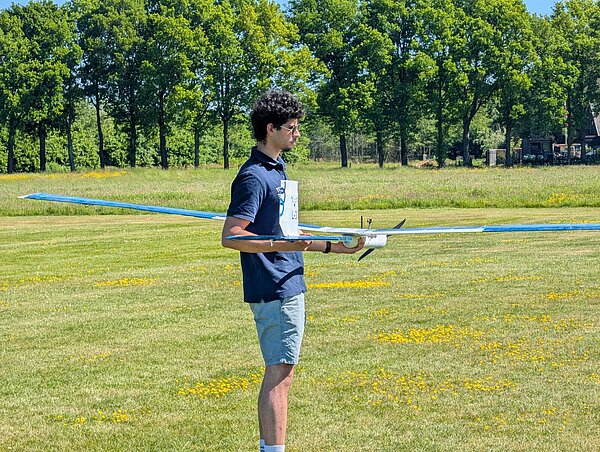
Learning from Lapyx 3
Last year’s drone, Lapyx 3, was our first real milestone. A simplified, yet functional aircraft built to test our core flight dynamics. We left out solar panels intentionally so we could focus on getting it airborne – and it worked! Multiple flights gave us crucial insights, but also exposed weaknesses. We encountered flutter at higher speeds, which would threaten the structural integrity of solar panels, and struggled with inconsistent roll authority, making manoeuvring the aircraft challenging at times. These challenges pushed us to rethink, redesign, and rebuild from the inside out.
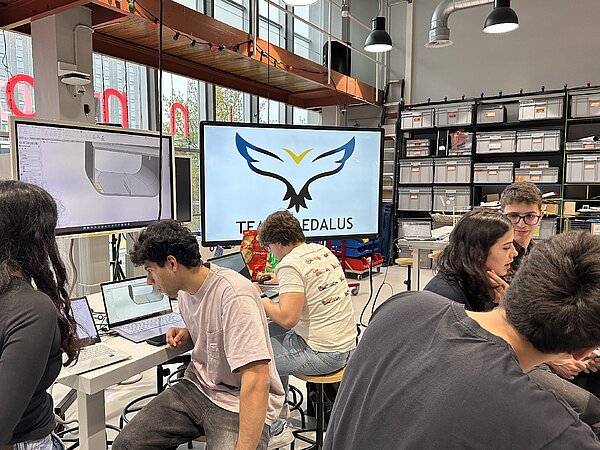
Building More Than a Drone
Behind each component – whether it’s a wing rib, a PCB, or a single bolt – is a late-night sketch, a field test that failed, or a heated discussion about the autopilot logic. When a prototype cracks, we don’t panic – we fix it, learn from it, and redesign. This attitude shapes everything inside the paddock.
We’re a team of engineering minds, designers, coders, and makers. And while we take the technical side seriously, our paddock is far from quiet. You’ll hear music, the hum of a Dremel, and arguments about the best late-night playlist – and despite coming from different disciplines, we all share the drive to build something meaningfully innovative, eye-catching, and utilitarian – designed with a humanitarian purpose.
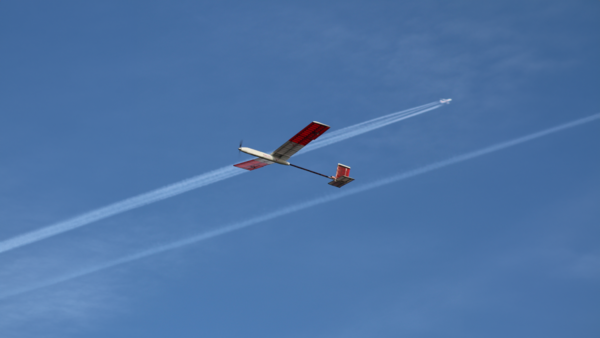
What’s New in Lapyx 4
We approached Lapyx 4 with one goal in mind – to fix what didn’t work, and push what did even further. The airframe is structurally redesigned to improve stiffness and suppress flutter, the wings now include integrated solar panels to test energy harvesting during flight, the fuselage has been designed with expanded battery capacity for real endurance testing, and we hope to have made big gains in our overall endurance.
Every adjustment comes from hours of design, simulation, prototyping, and reflection. From aerodynamics enthusiasts, to PCB designers to wing assembly craftsmen, each part of Lapyx 4 has been shaped by students who care deeply about what we build.
Ready for Takeoff: Lapyx 4 is now approaching its maiden test flight
It’s the most advanced prototype we’ve ever built, and our big goal this season is to demonstrate solar charging during flight. If we pull it off, a night flight might just be next.
No matter how the test goes, this journey has already been a success. We’ve grown – not just as engineers and builders, but as a team that thrives on solving hard problems together.
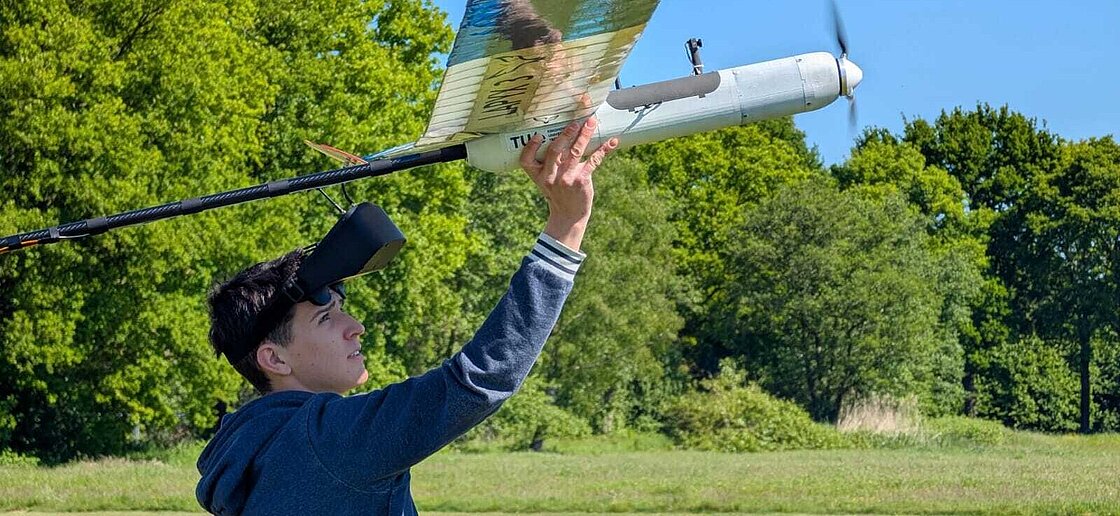
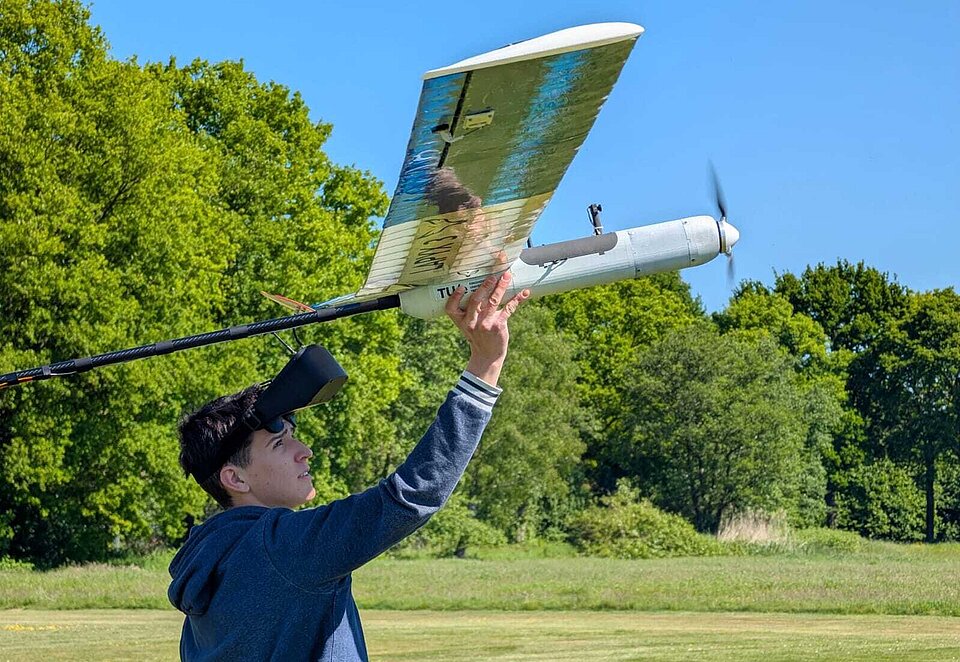
TU/e Student Teams: Innovating for a Better Future
Daedalus is part of the TU/e innovation Space – a dynamic hub for Challenge-Based Learning and entrepreneurship, where interdisciplinary student teams take on real-world problems, from clean energy to healthcare, to deep space exploration. Working with researchers, industry partners, and fellow students, teams like Daedalus help to shape the future of technology in the Brainport Region.
Stay Tuned
Curious to see Lapyx 4 in action? We’ll be announcing our reveal event soon. Follow us on Instagram and LinkedIn for the latest on our journey toward solar-powered autonomous flight.